Find solutions from our Frequently Asked Questions FAQ at Audio Advice Tulsa about Home and Mobile Audio, Video and other Solutions
Home Theater Frequently Asked Questions

Q: I’ve been shopping for a high definition television. Do I want a TV that is 720p, 1080p, or 1080i? I don’t even know what these numbers mean.
A: This is probably the most common question that I’ve gotten the last few years. Let’s start by defining the “i” & “p”. The “i” stands for interlaced and the “p” is for progressive. The interlaced signal works much like a typewriter. Your television paints the top line of your picture from right to left then drops between the first and second line to return to the left, then paints the second line. This continues repeatedly, painting the entire picture on your television faster than your eyes can perceive. The progressive signal works much like your computer. The top line of your picture is painted, then it drops to the second line to paint it on the return trip, continuing repeatedly, again faster than your eyes can perceive. This makes the progressive-scan picture refresh twice as fast as the interlaced-scan picture. Whether you are receiving your television signal from cable, satellite, or simply by the antenna, the broadcast standard is 720p & 1080i. A 1080i signal has more lines of resolution than 720p, but because the refresh rate is twice as fast, 720p is the superior signal. Likewise, 1080p has the same number of lines of resolution as 1080i but refreshes twice as fast, therefore 1080p is the best signal that you can currently send to your television. The main reason to purchase a 1080p television is the emergence of BluRay disc players. While a BluRay disc player will work on a 720p/1080i television, to reap all the benefits of a BluRay disc player, you should connect it to a television that can reproduce the full resolution of 1080p. Other sources of 1080p content are very high-resolution digital cameras and some video games. While the current broadcast standard of 720p/1080i will not change anytime soon, it may become 1080p in the years to come.
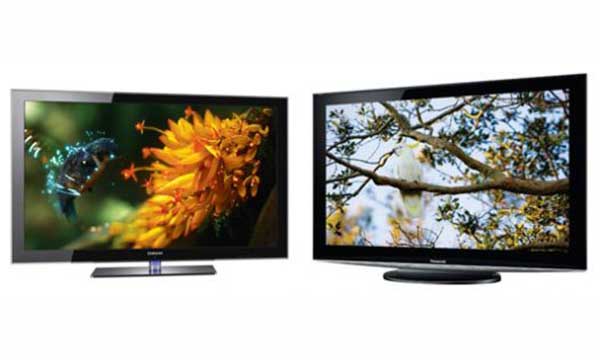
Q: Which is better; a plasma TV or LCD? I’ve heard many scary stories about plasma TV.
A: Another very common question. Both plasma and LCD panels have advantages and disadvantages. Either one would be a good choice. The advantages to LCD include slightly less power consumption, less weight, and fewer glares. There should actually be no glare on an LCD-TV but most have a protective shield over the screen which will glare a little. The disadvantages to LCD are poorer blacks and whites (the hardest colors for any television to reproduce), off-axis viewing, and the refresh rate. The refresh rate problem can be avoided by buying an LCD-TV with 120Hz refresh rate. The off-axis viewing is another issue altogether. Like a laptop computer (the screen is usually LCD), when viewing from directly in front, the picture is fine. When viewing from one side or the other, the picture quality declines. While LCD-TV manufacturers have compensated for this problem as best they can, it is inherent to the technology of LCD and your picture and color will be affected to some degree when viewing from an angle. Plasma-panel advantages include better blacks and whites, better viewing angles, 1000x faster refresh rate, and typically lower prices. Plasma does weigh more than its LCD counterpart and uses a little more power. Also, plasma panels are not generally available under 42”. The most widely known drawback to plasma panels is that they are more susceptible to burn-in. This is true but a few years ago, the manufacturers began including “pixel shift”. Pixel shift occurs by moving the picture one pixel to the left, then one pixel down, then one pixel up, and then one pixel to the right. The moving picture is imperceptible to the naked eye. This prevents any image from remaining in one place for too long, therefore preventing burn-in. I too have heard many horror stories regarding plasma televisions, but most every story has been incorrect if not an out-and-out lie. My favorites include that plasma-TV’s only have a 7-year lifespan and that you must “recharge” the gas every 2 years. The second scenario is categorically untrue, and as for the lifespan, ALL televisions have a 7-year life expectancy. As I’m sure you have experienced, some televisions will last a year or two and others for decades. Plasma televisions are no different. My advice is to stick to the major brands. Not only are they generally built better but they can be serviced if a problem arises. Many off-brands cannot be serviced, even by the manufacturer.
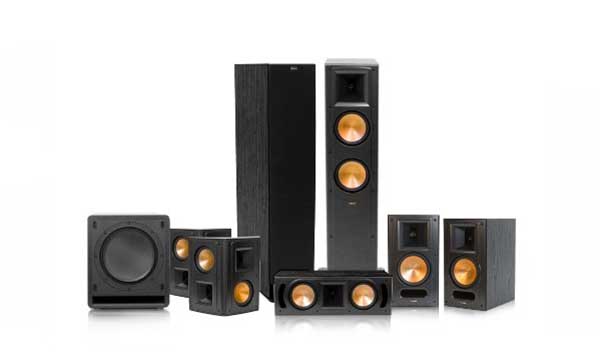
Q: I’ve recently purchased a new surround sound system for my home. The salesman told me that it can do 5.1, 6.1, or 7.1. I know that this refers to the number of speakers that connect to the surround receiver, but which is best?
A: This is almost a trick question. Simply put, 7.1 surround is the best performer. However, the answer is not as simple as it seems. You are correct that these numbers refer to the number of speakers employed by the surround system (the .1 refers to the subwoofer) but they also refer to the number of channels encoded in the soundtrack. To truly experience 7-channel surround sound, you must not only use seven speakers and a subwoofer, you must also find a movie disc that has been recorded with all eight channels (7+1=8). This is becoming more common with the proliferation of BluRay discs. That being said, there is a bigger question looming. Which surround configuration (5.1, 6.1 or 7.1) is going sound best in your room? What most end-users and many so-called professionals fail to realize is that the room itself is the determining factor. Size, shape, available space and even seating position affect the performance of your surround sound system. My advice is to seek advice from a local custom electronics integrator whom you trust. Many can make a recommendation simply by visiting the room. Others may use meters to measure the acoustics of the room. Either way, an informed opinion will help you to make the correct decision.

Q: I have owned a high-definition television for a couple of years now. When I watch a television show that is in HD, it fills the entire screen. Why does my DVD player sometimes show black bars above and below my picture? I paid for the whole television, so I’d like to see my movies fill the whole screen.
A: First, a little history. Before television was invented, all movies were filmed in a square format. After televisions became so popular, the movie studios feared that nobody would go to the cinema and that they would go out of business. From then on, movies were filmed in a rectangle format to differentiate movies from television. Most movies are filmed in a 2.35:1 or a 2.40:1 aspect ratio (Cinemascope is certainly an exception). Now HDTV is also a rectangle format. Any television show filmed in HD will be broadcast in a 16:9 aspect ratio. This means that movies tend to be wider and shorter than HD broadcasts. Many DVD’s simply make the picture fit that 16:9 aspect ratio by stretching, cutting, or otherwise changing the way the movie will playback. The only way to maintain the original appearance of the movie is to either live with the bars (called letterbox) or to purchase and install a projector and anamorphic lens. These will maintain the integrity of the original film if shown on a 2.35:1 screen. This is not for everyone. It will require professional installation and cost more than buying most new televisions. But if you want the true theater experience, this is a must. Q: I have converted my entire CD collection to MP3. How can I play the music from my computer through my stereo? A: There are a few options that you may consider. First, if you have an iPod, it is as simple as adding an iPod dock to your system. You’ll be able to control your iPod by remote and see the display on your television. Your iPod will also charge while docked. Second, you can add a music server. This will allow you to access your music by remote control and will always remain connected to your system. It also serves as a backup for your music library. Another option is to connect your computer directly to your system with a single cable. You would be forced to control the playback from your computer, but is easily the least expensive way to accomplish the goal.
Car Audio Frequently Asked Questions
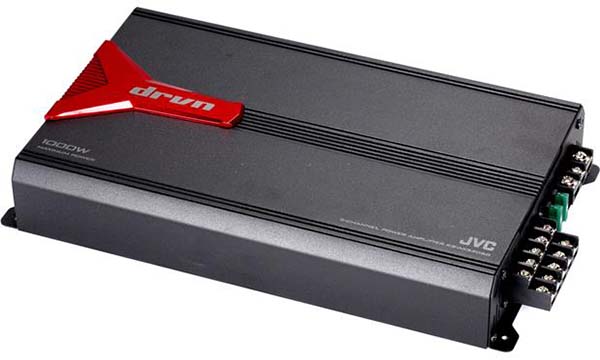
Q: Why do some amplifiers that are rated at 1000 watts cost so much more than other 1000 watts amplifiers? I don’t want to spend more money just for a “name.”
A: When searching for an amplifier, you should make sure that the power output has an “RMS” following the wattage. This stands for “Root Mean Square.” Amplifiers with this rating are capable of giving you its rated power continuously. Many amplifiers are rated in “peak power.” This is the maximum power that the amplifier can possibly produce under laboratory conditions. The likelihood of reaching this output level in real-world applications is slim-at-best. Another tell-tale sign is the fuses that protect the amplifier. A true 1000w RMS amplifier will have approximately 90 amps of fuses as opposed to smaller amplifiers which claim to be 1000w will have significantly lower fuse values. A rule of thumb among quality amplifiers is that each watt of power output will cost you about 65 cents or more.

Q: Will adding a new stereo or alarm void my car’s warranty? I hear so many opinions that I don’t know what to believe.
A: In most cases, any after-market electronics that you have installed will not affect your car’s warranty. As with everything, there may be exceptions. Do your research. Read your warranty. Audio Advice has been in business for over 30 years and we have yet to see a warranty voided. However, the installation quality will be the key to preventing warranty issues. At Audio Advice, we use adapters wherever possible so as to avoid cutting wires in your car. These adapters allow your car to be returned to the stock condition should you choose to sell the car in the future.
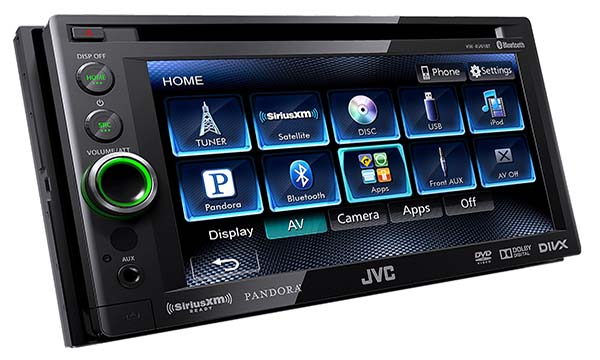
Q: Why does it cost so much to have a new radio installed in my new car? I had the same radio installed in my last car and this time I was forced to buy a lot of parts that I’ve never needed before. What’s the deal?
A: I have no idea the year, make, or model of your new car, or for that matter, your old car. I can tell you that most cars require a dash kit (to make the deck fit the hole), a wire harness (to plug the new deck into the factory harness of the car), and many require an antenna adapter. This has been true for about 20 years. Things have changed in the last 5 years, though. Many new cars (since 2002) also have integrated engine management and other features into your factory deck. Climate control, door locks, security, and other features built into your factory deck must continue functioning after an after-market deck is installed. This requires more adapters and parts; therefore it may require more money from you.
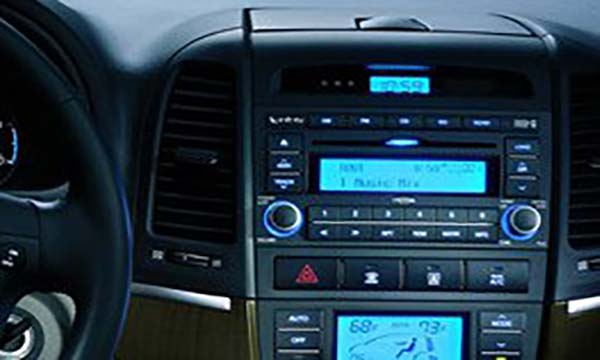
Q: If I were to have a new stereo system installed in my car, would I have to replace the factory deck? It fits so well in my dash and looks so good.
A: You do NOT need to replace the factory deck to install a complete stereo system in your car…with a few exceptions. Most factory decks can be adapted to accommodate amplifiers, crossovers, etc. by simply adding a line output converter (LOC). This will create a low-level signal output that can then be connected to other 12V components. There are also signal processors such as the JL Audio Cleansweep or the Audio Control DQL-8 that when installed, will give your factory deck a competition quality signal output. However, since there are exceptions, you would serve yourself well to check with your local car audio dealer.
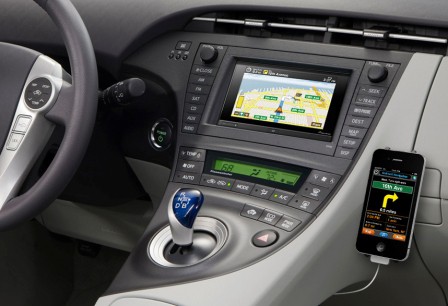
Q: I listen to my iPod all day. Can I use my iPod with my car stereo? I hate carrying my CD case with me.
A: I hope you don’t use your earbuds or headphones while you are driving. Not only is it not safe, it is also illegal in most states. Most new car stereo decks have a connection for your iPod. If not, an adapter is available to add your iPod to your existing deck. This is not true in every case, so you should consult a professional before purchasing any adapters.
